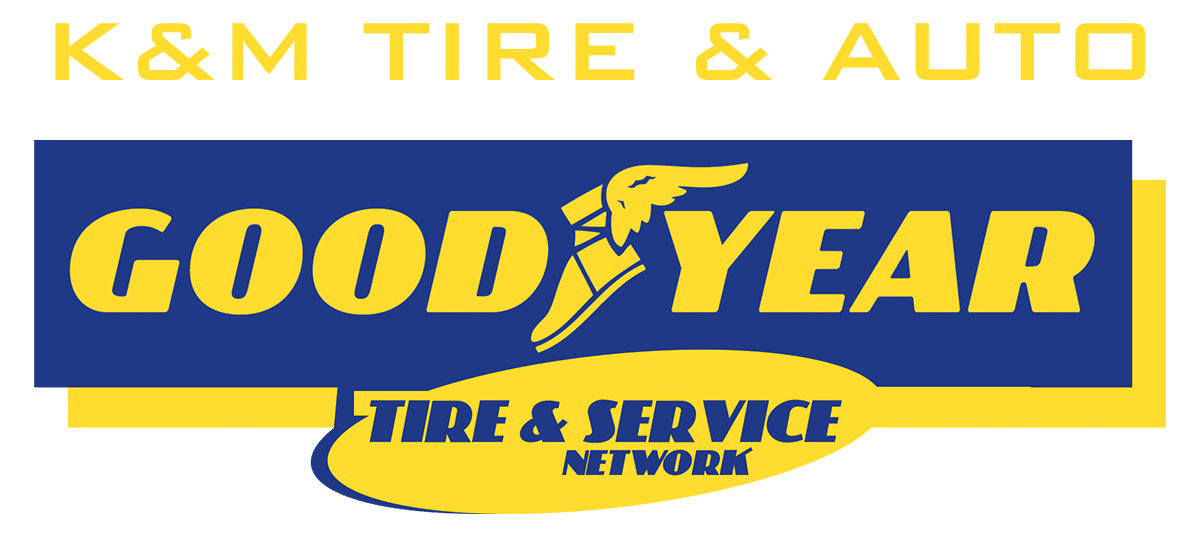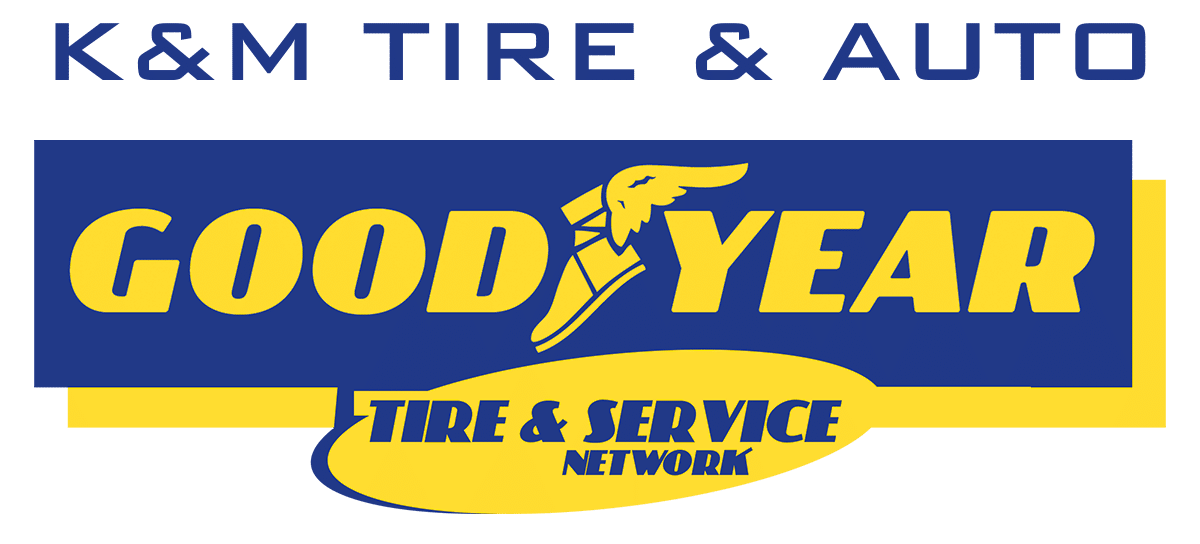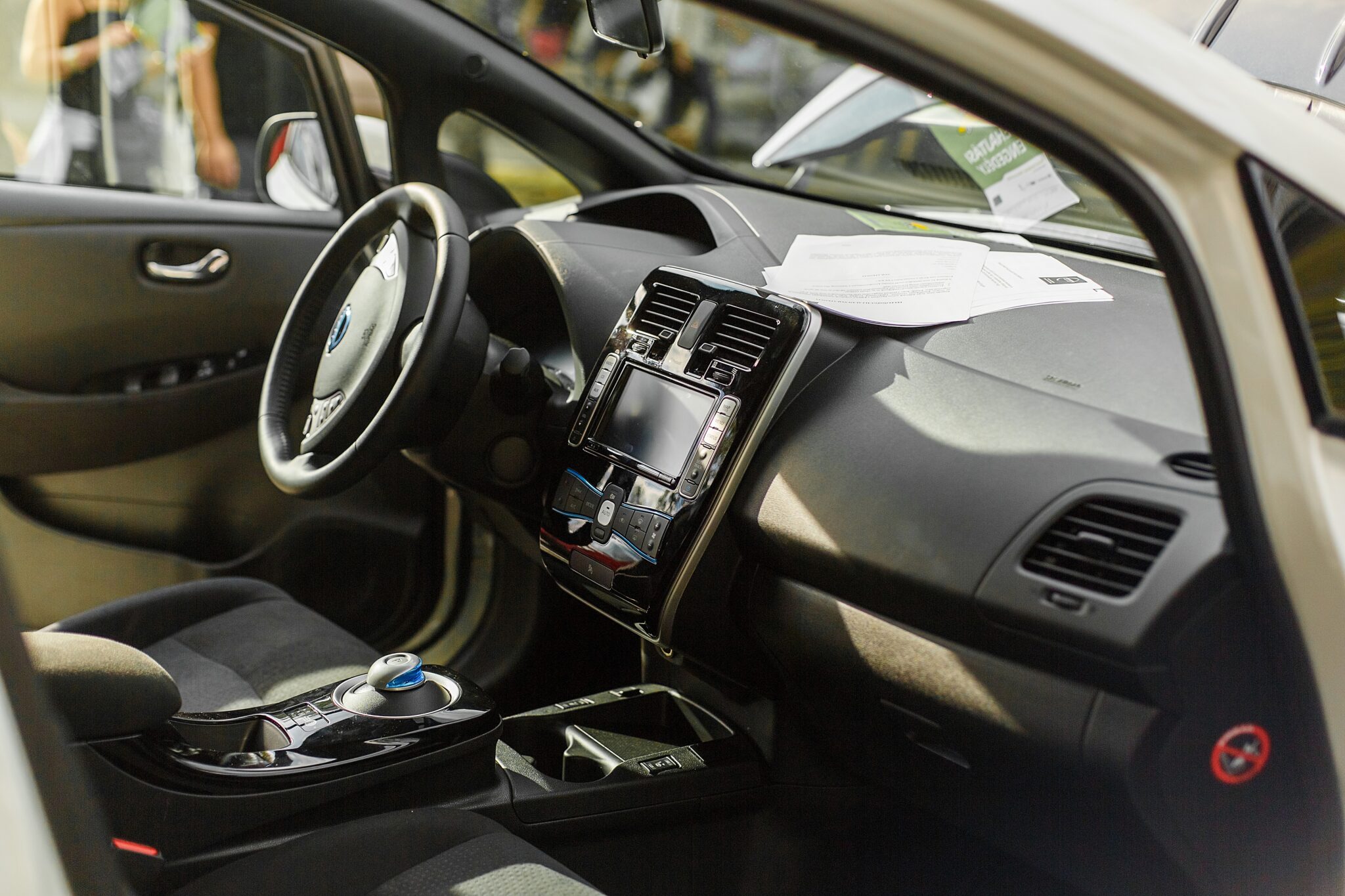When it comes to purchasing a vehicle, not everyone can afford their dream car right away, especially as a first-time buyer. However, buying a used car can be a practical and affordable alternative that still offers a great driving experience. Let’s explore some key reasons why people opt for second-hand vehicles:
Cost: One of the primary factors driving people to buy used cars is cost. Second-hand vehicles are often significantly cheaper than new ones, making them more accessible to many buyers.
Slower Depreciation: Unlike new cars that rapidly depreciate as soon as they leave the lot, used cars tend to depreciate at a slower rate. This means that you may retain more of your investment over time compared to purchasing a new car.
Cheaper Insurance: Insurance rates for used cars are generally lower than those for new cars. By opting for a second-hand vehicle, you can save money on insurance premiums.
By considering these factors, you can make a more informed decision when purchasing a second-hand vehicle and ensure that you get the best value for your money.
Things To Look Out For When Buying A Second-Hand Car
Buying a second-hand comes with some risks. You could lose all your money because of the wrong choice of vehicle. Therefore, when buying a second-hand vehicle, there are a few key things to look out for to ensure you get a good deal and a reliable car. Here are some tips to help you through the process:
- Vehicle History
Checking a car’s vehicle history before purchase is important because it can provide valuable information about the car’s past and give you insight into any potential problems or issues that the car may have. This information will help you make an informed decision on the purchase.
- Rust And Paint Damage
Checking for rust and paint damage can help you evaluate the overall condition of a second-hand car and identify potential issues that could affect the car’s value and longevity. Additionally, checking the paint on a car can reveal any damage that may have occurred in the past, such as dents or scratches. It can also show whether the vehicle has been repainted and the paint job was done professionally.
- Upholstery
Look out for tears, stains, and cracked leather on all the front and back seats. It’s also a good idea to look at the roof, and the side door covers, especially in convertible cars, to ensure the top is not worn out and there are no signs of water leaks. If the upholstery is in poor condition, consider negotiating the price of the car with the seller or looking for another vehicle. Upholstery can be expensive to repair or replace.
- Mileage
A high mileage often indicates that the vehicle has been driven for a while which can affect its overall performance. A vehicle with higher mileage may have more wear and tear on its mechanical and electrical components. High mileage can also be an indication that the previous owner(s) used the vehicle frequently for long-distance drives. This can affect the condition of the engine, transmission, and other powertrain components. However, it’s worth mentioning that low mileage is not always an indicator of good condition, especially if the vehicle has been sitting for a long time. It can cause issues as well.
- Battery
Check the battery terminals and make sure they are clean and corrosion-free. A corroded or dirty battery terminal can indicate that the vehicle has not been properly maintained, affecting its overall condition. Corrosion on the terminals can also lead to a poor electrical connection, which can cause the car to have starting or charging issues.
Conclusion
Purchasing a used vehicle can indeed be a savvy financial move, providing you with a reliable mode of transportation at a reduced cost compared to buying new. However, despite the initial savings, it’s crucial to conduct thorough research on any vehicle you’re considering and have it inspected by a qualified auto mechanic before committing to a purchase. This proactive approach helps ensure that you’re acquiring a vehicle in good condition and avoids potential costly issues in the future. Moreover, when budgeting for a used vehicle, factor in additional expenses such as insurance, fuel, and maintenance, as these ongoing costs can accumulate over time.


